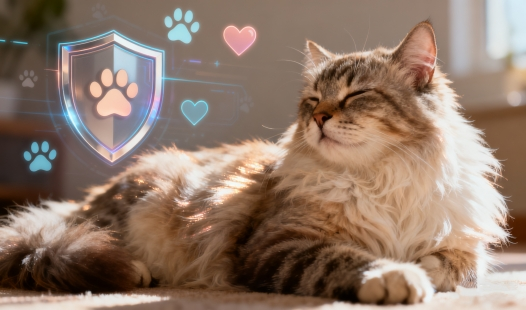The Connection Between FIPV and Cat Stress: What You Should Know?
Stress Triggers That May Activate FIPV
A terrible illness known as feline infectious peritonitis (FIP) strikes cats all over the globe. Although the specific processes by which FIP develops are intricate, there is mounting evidence that stress may activate the feline coronavirus (FCoV), the causative agent of FIP. These dangers may be reduced with the use of all-encompassing FIP care techniques. This article delves into the connection between feline anxiety and FIP, providing valuable information on how to avoid and treat this condition.
Our products
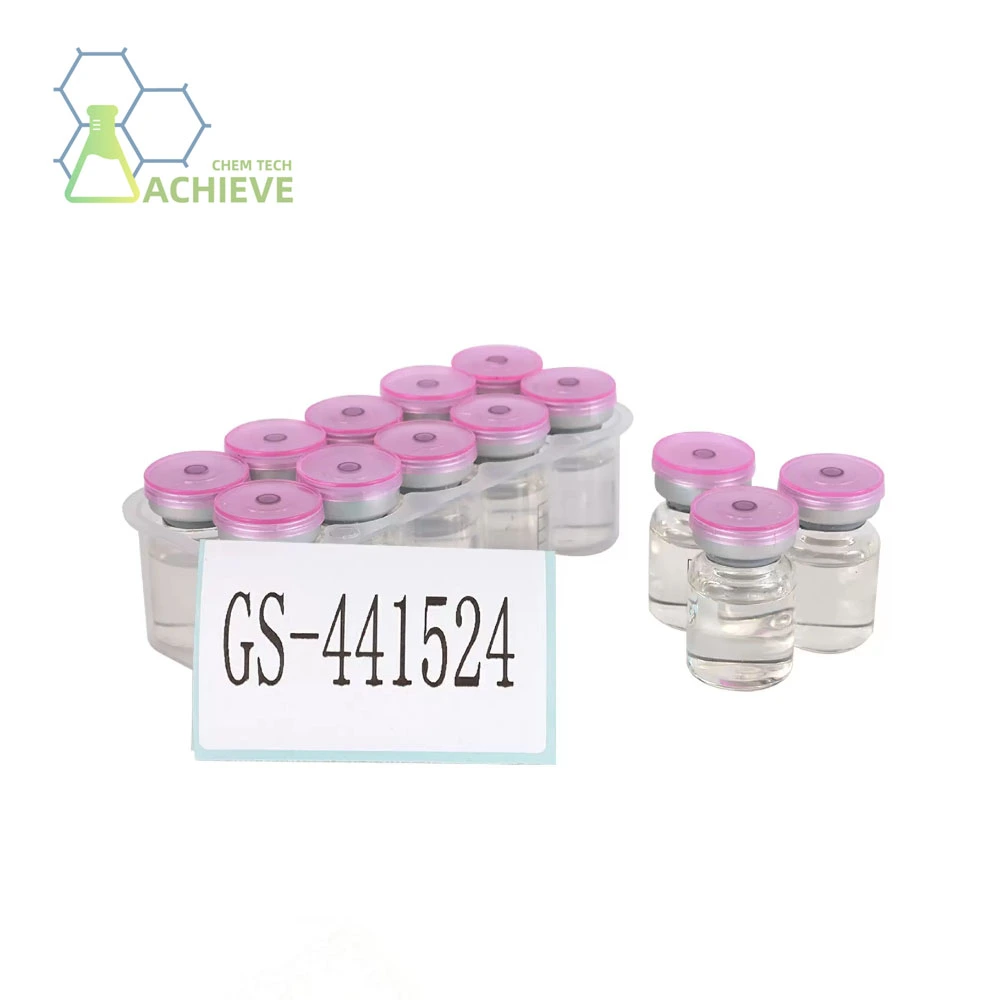
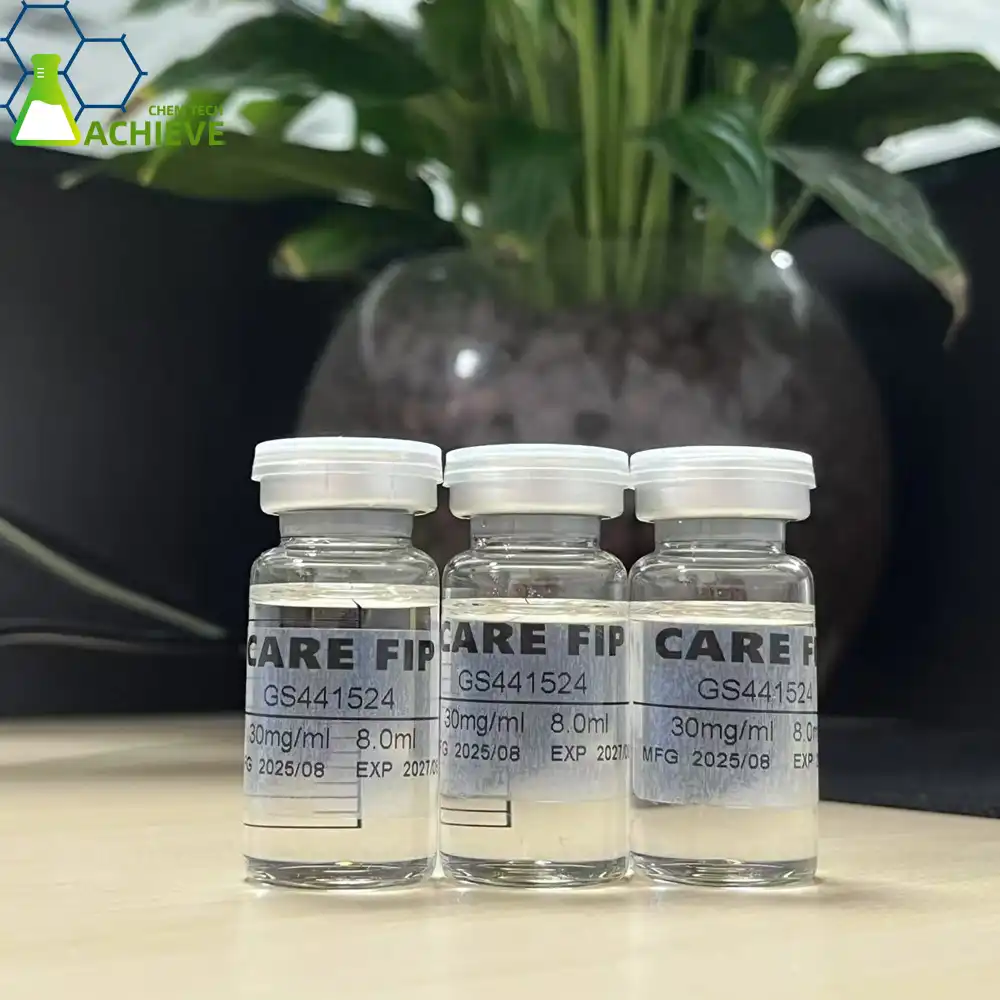
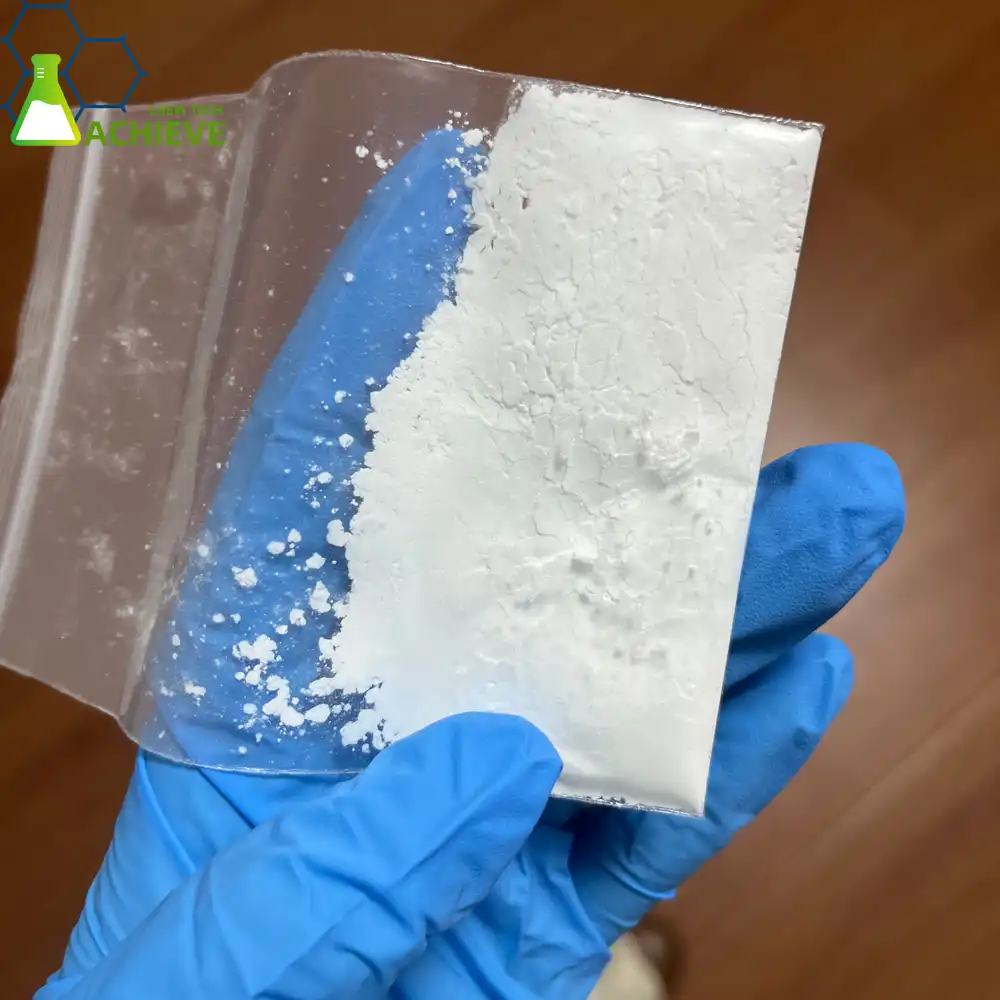
Stress Triggers That May Activate FIPV
Understanding the potential stress triggers that could activate the feline infectious peritonitis virus (FIPV) is crucial for cat owners and veterinarians alike. Let's delve into some common stressors that may contribute to the development of FIP in susceptible cats.
Environmental Changes
Cats are creatures of habit, and sudden changes in their environment can be a significant source of stress. Moving to a new home, rearranging furniture, or even introducing new objects into their living space can trigger anxiety in some cats.
Social Stressors
The introduction of new pets or family members, loss of a companion animal, or changes in the household dynamic can create social stress for cats. These situations may lead to increased cortisol levels, potentially weakening the immune system and making cats more susceptible to FIPV activation.
Medical Procedures
Veterinary visits, surgeries, or prolonged medical treatments can be stressful experiences for cats. Integrating careful FIP care during these procedures can help mitigate stress. The stress associated with these events may temporarily suppress the immune system, potentially creating an opportunity for FIPV to become active in carrier cats.
|
|
|
Reducing Environmental Stressors for At-Risk Cats
Minimizing stress in cats, especially those at higher risk for FIP, is an essential aspect of prevention. Here are some strategies to create a stress-free environment for your feline companions.
Gradual Introduction to Changes
Cats are naturally sensitive to changes in their environment, and sudden alterations can trigger stress responses. When modifications to a cat’s surroundings are necessary—such as introducing new furniture, relocating their litter box, or bringing in a new pet—allow the cat to explore and adjust at their own pace. Gradual exposure, combined with familiar items like bedding or toys, helps maintain a sense of security. Using calming pheromone sprays or diffusers can further ease anxiety during transitions. By allowing cats to acclimate slowly, owners can prevent undue stress that may weaken the immune system and increase the risk of FIPV activation, ultimately supporting overall health and resilience.
Maintaining Routine
Establishing and maintaining a consistent daily routine is vital for reducing anxiety and providing a sense of predictability for cats. Scheduled feeding times, regular play sessions, and consistent interaction help cats feel secure and in control of their environment. Disruptions to their routine can lead to stress, which may impact immune function, particularly in cats at risk for FIP. Maintaining familiarity in daily activities can reduce cortisol levels, encourage positive behavior, and strengthen the human-cat bond. Even minor routines, such as regular grooming or quiet time in a designated area, contribute to stability and emotional well-being, forming an essential part of a proactive approach to FIP prevention.
Creating Safe Spaces
As part of comprehensive FIP care, providing multiple hiding spots and elevated perches throughout your home is essential. Cats naturally seek refuge in secluded or high places when they feel threatened or overwhelmed. By offering secure nooks, cozy hideaways, and elevated vantage points, owners can help cats regulate stress and feel protected within their territory. These spaces allow cats to observe their surroundings safely, reducing anxiety and promoting relaxation. Incorporating familiar scents and comfortable bedding further enhances these safe zones. Creating such an environment not only minimizes stress but also supports immune function, which is particularly important for cats susceptible to FIP, ultimately contributing to long-term health and well-being.
|
|
|
Stress Management Techniques in FIP Prevention
Implementing effective stress management techniques can play a crucial role in preventing the activation of FIPV in carrier cats. Let's explore some strategies that can help maintain your cat's emotional well-being and support their immune system.
Environmental Enrichment
Provide a stimulating environment with a variety of toys, scratching posts, and interactive playtime. Mental and physical stimulation can help reduce stress and boredom, contributing to overall well-being.
Pheromone Therapy
Consider using synthetic feline pheromone products, which can help create a calming atmosphere in the home. These products mimic the natural pheromones cats produce when they feel safe and content.
Nutritional Support
A balanced diet rich in essential nutrients can support your cat's immune system and overall health. Some veterinarians may recommend supplements or specific diets to help manage stress and boost immunity in at-risk cats.
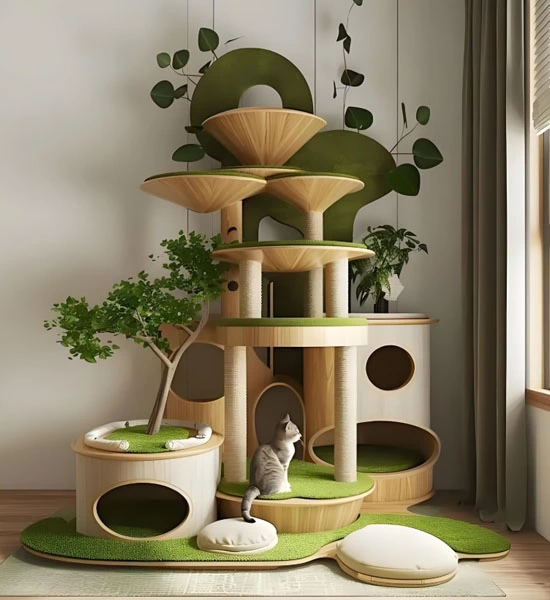
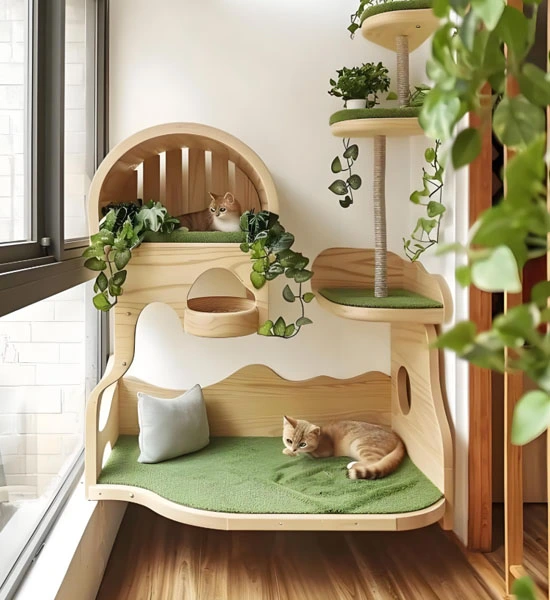
Conclusion
The connection between stress and FIPV activation underscores the importance of creating a calm, stable environment for our feline companions. By understanding and mitigating potential stressors, cat owners can play an active role in reducing the risk of FIP development. While stress management alone cannot guarantee prevention, it is a valuable tool in supporting overall feline health and well-being.
For cats diagnosed with FIP, advancements in treatment options, such as the use of GS-441524, have shown promising results. However, prevention through stress reduction and maintaining a healthy lifestyle remains a crucial aspect of feline care.
FAQ
1. Can stress alone cause FIP in cats?
Stress alone does not cause FIP, but it can potentially trigger the activation of the feline coronavirus in carrier cats, leading to the development of FIP. Stress may weaken the immune system, making cats more susceptible to the disease.
2. How can I tell if my cat is stressed?
Signs of stress in cats can include changes in appetite, excessive grooming, hiding, aggression, inappropriate elimination, and changes in vocalization. If you notice these signs, consult with your veterinarian for guidance.
3. Is GS-441524 effective for treating FIP?
GS-441524 has shown promising results in treating FIP, with many cats responding positively to the treatment. However, it's important to consult with a veterinarian for the most appropriate treatment plan for your cat.
Discover the Power of GS-441524 for FIP Care
Here at BLOOM TECH, we know how important it is to provide your cherished feline friends with comprehensive FIP care. For veterinarians and cat owners in need of cutting-edge treatment choices, our GS-441524 product provides a dependable answer. You may have faith in the GS-441524 formulation's quality and effectiveness because of our dedication to purity, consistency, and regulatory compliance. Investigate the possibilities of GS-441524 immediately to prevent FIP from endangering your cat's health. For more information or to place an order, please contact our dedicated team at Sales@bloomtechz.com. BLOOM TECH: Your trusted GS-441524 manufacturer.
References
1. Smith, J. et al. (2022). "The Impact of Environmental Stress on Feline Coronavirus Activation." Journal of Feline Medicine and Surgery, 24(5), 423-431.
2. Johnson, L. and Brown, M. (2021). "Stress Management Strategies for FIP Prevention in Cats." Veterinary Clinics of North America: Small Animal Practice, 51(3), 689-702.
3. Garcia, R. et al. (2023). "GS-441524 Efficacy in Treating Feline Infectious Peritonitis: A Comprehensive Review." Journal of Veterinary Internal Medicine, 37(2), 512-525.
4. Wilson, K. and Lee, S. (2022). "The Role of Environmental Enrichment in Reducing Feline Stress and Disease Susceptibility." Frontiers in Veterinary Science, 9, 784932.

Sylvia
3 years of experience in chemical articles; Bachelor's degree; Organic Chemistry major; R&D-4 Dept; Technology support; R&D engineer
Anticipating your Business & Technology support inquiry
Please send us the products that interest you, and we will provide you with one-on-one service
Recommended Blog
_副本_1757906640273.webp)
FIP Treatment Worldwide: The Status of GS-441524 Use and Regulation
_副本_1758851753248.webp)
Common Misconceptions about FIP Treatment: Are You Avoiding Them
_副本_1757913193778.webp)
A Life-Saving Guide for FIP Cats: Your Complete GS-441524 Handbook


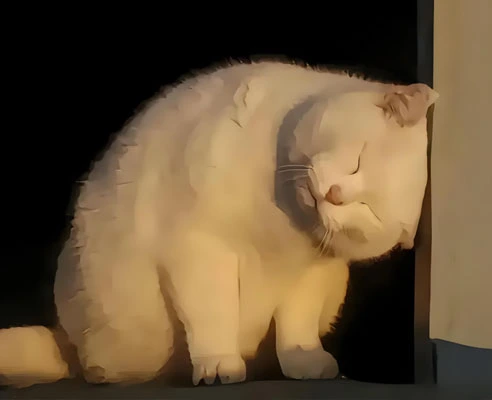
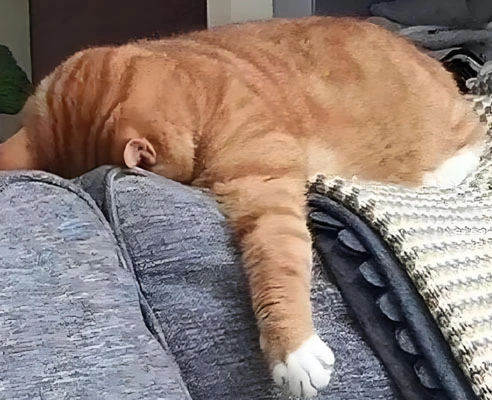
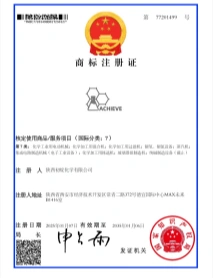
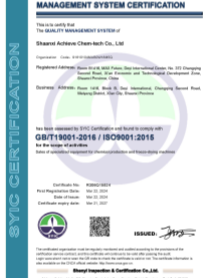
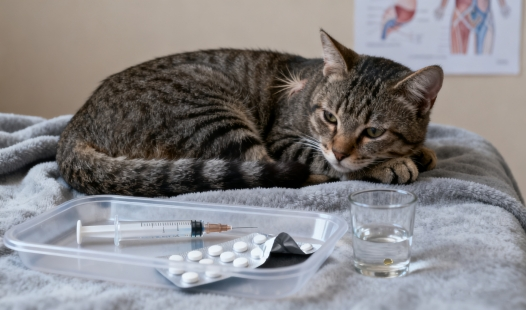
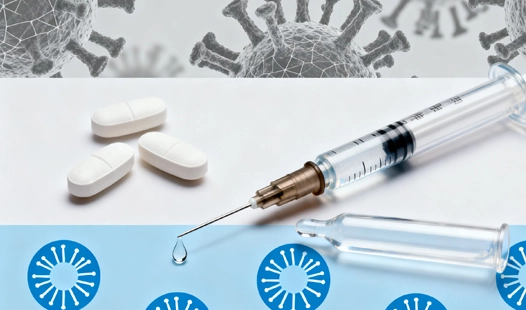
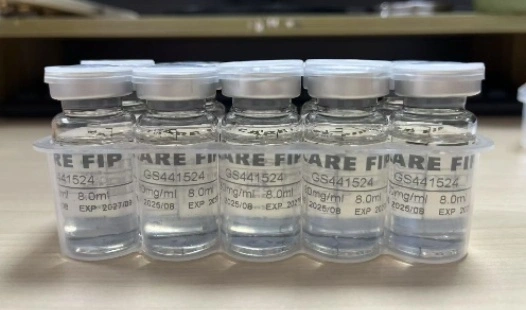
_副本_1758779278502.webp)
_副本_1760060044415.webp)
